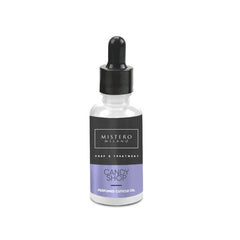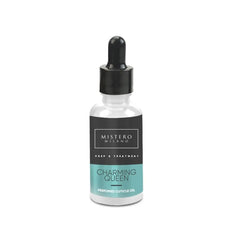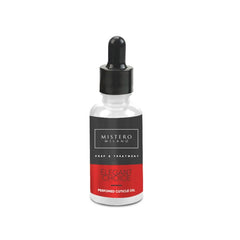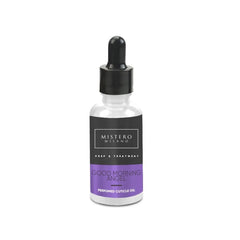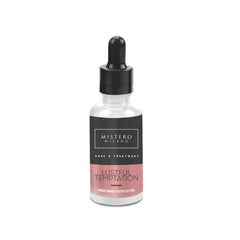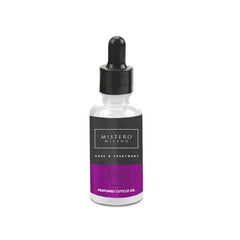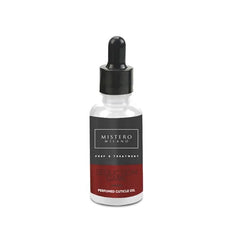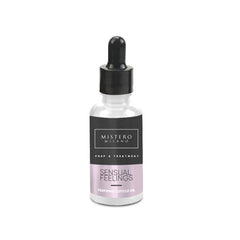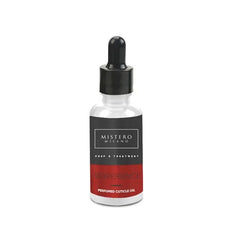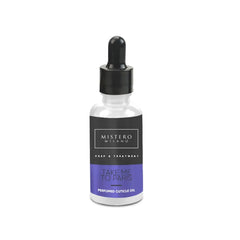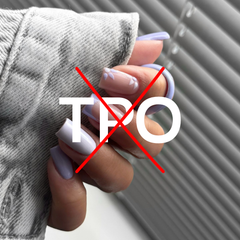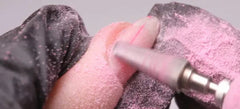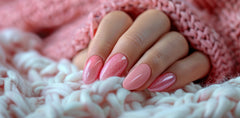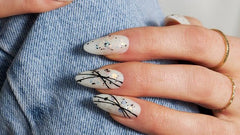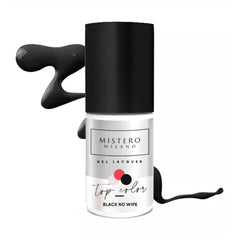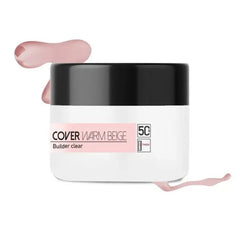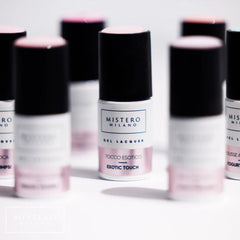Hangnail
Amber D'Halluin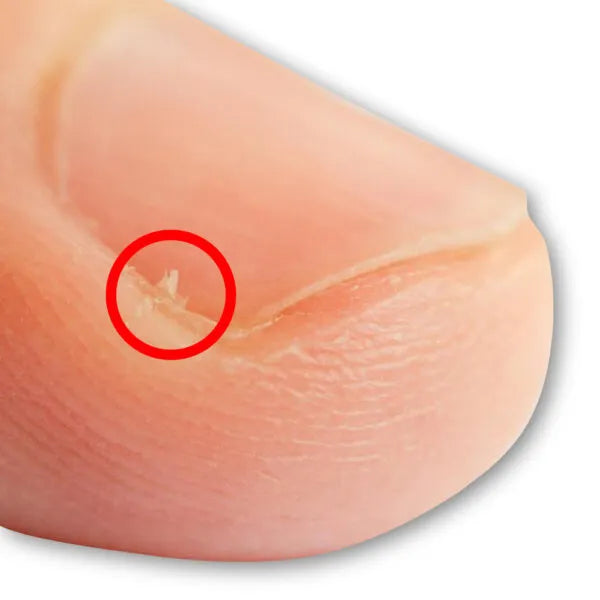
1. What is a hangnail?
A hangnail is a torn piece of skin that is located just next to your finger or toenail. You often experience it as a hard piece next to your nail. The name does give a wrong impression, because a hangnail is actually skin and not a nail piece. A hangnail is common and can be very annoying or even painful. In more serious cases, an infection can develop at the level of the torn piece of skin. Such a hangnail mainly occurs in people with dry skin or nail biters, but a hangnail can actually occur in anyone.
2. How does a hangnail develop?
There can be several reasons for a hangnail. One of the main reasons is skin that is too dry, which is why it is important to use a good cuticle oil. But you can also get a hangnail from nail biting, a poorly performed manicure (e.g. cutting the cuticles incorrectly), hand sanitizer, aggressive (household) products that dry out the skin, chlorine from a swimming pool, sitting in water for a long time (e.g. washing dishes), etc.
What we should also not forget is a possible trauma that your nail has gone through. This can cause you to have an abnormality in your nail (skin) which often causes treacle nails. During the winter months, the chance of hangnails also increases considerably. The air is then much drier and colder, which causes your skin to dry out faster.
3. Symptoms of an accidental nail
What we also must not forget is a possible trauma that your nail has gone through. Hangnails often start as an innocent piece of skin that causes some irritation. Over time, the irritation can increase, which can lead to more serious complications, such as a severe infection.
Yes, you have probably experienced that an inflamed cuticle is very unpleasant. This is due to the location and composition of your skin. At the sides of your nails you have an abundance of nerve endings and blood vessels. The more swollen your skin becomes around the cuticles, the more pressure is put on your nerve endings and therefore you get more pain.
Common symptoms of hangnails include:
- Swelling and redness
- Painful and uncomfortable feeling
- A visibly protruding hard piece of skin
- In more severe cases you will see pus from an inflammation
- The edge of a nail glows
4. How should you treat a hangnail?
If your nail edge is not yet very inflamed, you can remove a hangnail yourself. To get rid of a hangnail, our first tip is: do not pull or tear off your hangnail. Tearing your skin leads to an open wound where bacteria can enter. In this way, your cuticle becomes infected and an abscess can even develop. When your nail folds become inflamed, we call this paronychia. In the overview below you can see the steps we recommend you take to remove it safely.
- Soak the hangnail in warm water for 20 minutes.
- After your soak, pinch off the hangnail with a sharp cuticle nipper . Remove the rough/hard edge of your cuticle to reduce the chance of infection.
- Disinfect the cuticle well. Do you have a wound? Make sure it stays nice and clean for the next few days.
- Apply cuticle oil to your cuticles every day. This will keep the skin around your nails nourished and will make new hangnails much smaller.
5. How can I prevent a hangnail?
To prevent hangnails and to avoid them getting infected we have summarized several tips that can help you. Above all, make sure that the skin around your nails does not dry out.
- Rub your cuticles daily with a quality cuticle oil .
- Wear gloves when working with corrosive agents (e.g. when doing housework).
- Avoid excessive use of acetone.
- Be very careful when cutting your cuticles, as cuticles that are not cut neatly can lead to nail infections.
- Don't file too much (or with a coarse file) on the sides of your nails.
- Avoid nail biting.
6. When should you see a doctor for a hangnail?
You can treat hangnails yourself using the explanation in this blog if there is no serious inflammation. If you see no improvement after a few days or it gets worse, make sure it is examined by a doctor.
We recommend that you see a doctor if you have any symptoms immediately severe symptoms of compulsive nails experience. Do not let it drag on, because an inflammation can quickly worsen, which can lead to an abscess.

